-
Lovage Plants for Sale
Levisticum officinale
Lovage (Levisticum officinale) is a versatile, hardy perennial herb valued for centuries for its culinary, medicinal and aromatic properties. With their vibrant green leaves, sturdy stems and distinctive flavor reminiscent of celery and parsley, lovage is a unique addition to any garden.
Whether you're looking to expand your herb garden or are just discovering the benefits of this lesser-known plant, our lovage plants will make an excellent choice for your home.
The History of Lovage
Lovage has a long history that traces back to ancient Mediterranean civilizations. It was widely used by the Romans and Greeks both in cooking and as a medicinal plant. The name "lovage" is believed to derive from the Latin word levisticum, reflecting its popularity and widespread use in antiquity. The herb made its way to Europe, where it became a staple in monastic gardens during the Middle Ages. Over time, its appeal as a flavorful herb and a natural remedy has persisted, making it a favorite among gardeners who appreciate plants with rich histories and diverse uses.
Lovage Plant Qualities and Traits
One of the defining traits of lovage is its size. It can grow up to six feet tall, making it an impressive presence in any garden. Its hollow, ribbed stems bear glossy, deeply divided green leaves that resemble celery. The leaves have a slightly bitter but fresh flavor that's ideal for culinary use. Lovage blooms in late summer, producing small, yellow-green flowers in umbrella-like clusters.
The leaves and stems of the Lovage plant are edible, and the flavor intensifies as the plant matures. The plant's seeds, also used as a spice, offer a more intense flavor similar to fennel or anise. The roots of lovage are sometimes used in herbal remedies, adding to its versatility.
Culinary and Medicinal Uses of Lovage
Lovage is most commonly used in cooking as a flavorful herb. Its strong celery-like taste makes it an excellent addition to soups, stews and broths. The leaves can also be used fresh in salads or as a garnish for various dishes, while the stems can be chopped and used like celery in stir-fries and other recipes.
In addition to its culinary uses, lovage has long been used in traditional medicine. It is known for its diuretic properties and aid to promote digestion, relieve bloating and treat urinary tract infections. The plant is also said to have anti-inflammatory properties, which makes it a helpful herb for soothing skin irritations.
Lovage Plant Care and Maintenance
Lovage is a hardy and easy-to-grow herb that requires minimal maintenance. Here are some simple tips to help you succeed in growing lovage plants:
-
Sunlight: Lovage plants flourish in full sun but can also withstand partial shade. Choose a spot that receives a minimum of six hours of sunlight each day for the best growth.
-
Soil: Lovage prefers rich, well-drained soil with plenty of organic matter. A pH level of 6.0 to 7.5 is ideal. If the soil is heavy clay or lacks nutrients, consider amending it with compost or other organic matter before planting.
-
Watering: Keep the soil consistently moist, especially when the plant is young. Once established, lovage is fairly drought-tolerant, but regular watering will promote healthy growth and a higher yield of leaves.
-
Spacing: Lovage is a large plant that needs space to grow. To allow for its spread, plant lovage at least 2 to 3 feet apart from other plants.
-
Mulching: Adding a layer of mulch around the base of the plant aids in moisture retention and helps regulate soil temperature. Additionally, mulching reduces weed growth, which can compete with the lovage plant for essential nutrients and water.
-
Fertilizing: Lovage is not a heavy feeder, but it can benefit from an annual application of compost or a balanced, all-purpose fertilizer in early spring to promote vigorous growth.
-
Harvesting: You can begin harvesting lovage leaves once the plant is well established, usually in its second year. Harvest the leaves regularly to encourage more growth. The stems can also be cut and used in cooking, while seeds can be harvested in late summer once they turn brown.
Why Buy Lovage Plants from Grower's Exchange?
The Grower's Exchange is committed to providing the highest quality lovage plant for sale. Our herbs are healthy, robust and ready to grow in your garden.
When you purchase lovage plants from Grower's Exchange, you are buying from experienced growers who understand the needs of gardeners. We offer detailed planting instructions and ongoing support to ensure that your lovage plant care journey is a success.
Browse our selection of lovage plants for sale and discover the benefits of adding this unique herb to your garden. With its rich history, practical uses and simple maintenance, lovage is an excellent choice for any herb enthusiast or gardener looking for something new.
Order Your Lovage Plant Today!
Don't miss the opportunity to grow this historic and versatile herb. Visit Grower's Exchange today and explore our lovage plant for sale, along with a wide variety of other premium herbs and plants.
-
Lovage Plants for Sale
Levisticum officinale
Lovage (Levisticum officinale) is a versatile, hardy perennial herb valued for centuries for its culinary, medicinal and aromatic properties. With their vibrant green leaves, sturdy stems and distinctive flavor reminiscent of celery and parsley, lovage is a unique addition to any garden.
Whether you're looking to expand your herb garden or are just discovering the benefits of this lesser-known plant, our lovage plants will make an excellent choice for your home.
The History of Lovage
Lovage has a long history that traces back to ancient Mediterranean civilizations. It was widely used by the Romans and Greeks both in cooking and as a medicinal plant. The name "lovage" is believed to derive from the Latin word levisticum, reflecting its popularity and widespread use in antiquity. The herb made its way to Europe, where it became a staple in monastic gardens during the Middle Ages. Over time, its appeal as a flavorful herb and a natural remedy has persisted, making it a favorite among gardeners who appreciate plants with rich histories and diverse uses.
Lovage Plant Qualities and Traits
One of the defining traits of lovage is its size. It can grow up to six feet tall, making it an impressive presence in any garden. Its hollow, ribbed stems bear glossy, deeply divided green leaves that resemble celery. The leaves have a slightly bitter but fresh flavor that's ideal for culinary use. Lovage blooms in late summer, producing small, yellow-green flowers in umbrella-like clusters.
The leaves and stems of the Lovage plant are edible, and the flavor intensifies as the plant matures. The plant's seeds, also used as a spice, offer a more intense flavor similar to fennel or anise. The roots of lovage are sometimes used in herbal remedies, adding to its versatility.
Culinary and Medicinal Uses of Lovage
Lovage is most commonly used in cooking as a flavorful herb. Its strong celery-like taste makes it an excellent addition to soups, stews and broths. The leaves can also be used fresh in salads or as a garnish for various dishes, while the stems can be chopped and used like celery in stir-fries and other recipes.
In addition to its culinary uses, lovage has long been used in traditional medicine. It is known for its diuretic properties and aid to promote digestion, relieve bloating and treat urinary tract infections. The plant is also said to have anti-inflammatory properties, which makes it a helpful herb for soothing skin irritations.
Lovage Plant Care and Maintenance
Lovage is a hardy and easy-to-grow herb that requires minimal maintenance. Here are some simple tips to help you succeed in growing lovage plants:
-
Sunlight: Lovage plants flourish in full sun but can also withstand partial shade. Choose a spot that receives a minimum of six hours of sunlight each day for the best growth.
-
Soil: Lovage prefers rich, well-drained soil with plenty of organic matter. A pH level of 6.0 to 7.5 is ideal. If the soil is heavy clay or lacks nutrients, consider amending it with compost or other organic matter before planting.
-
Watering: Keep the soil consistently moist, especially when the plant is young. Once established, lovage is fairly drought-tolerant, but regular watering will promote healthy growth and a higher yield of leaves.
-
Spacing: Lovage is a large plant that needs space to grow. To allow for its spread, plant lovage at least 2 to 3 feet apart from other plants.
-
Mulching: Adding a layer of mulch around the base of the plant aids in moisture retention and helps regulate soil temperature. Additionally, mulching reduces weed growth, which can compete with the lovage plant for essential nutrients and water.
-
Fertilizing: Lovage is not a heavy feeder, but it can benefit from an annual application of compost or a balanced, all-purpose fertilizer in early spring to promote vigorous growth.
-
Harvesting: You can begin harvesting lovage leaves once the plant is well established, usually in its second year. Harvest the leaves regularly to encourage more growth. The stems can also be cut and used in cooking, while seeds can be harvested in late summer once they turn brown.
Why Buy Lovage Plants from Grower's Exchange?
The Grower's Exchange is committed to providing the highest quality lovage plant for sale. Our herbs are healthy, robust and ready to grow in your garden.
When you purchase lovage plants from Grower's Exchange, you are buying from experienced growers who understand the needs of gardeners. We offer detailed planting instructions and ongoing support to ensure that your lovage plant care journey is a success.
Browse our selection of lovage plants for sale and discover the benefits of adding this unique herb to your garden. With its rich history, practical uses and simple maintenance, lovage is an excellent choice for any herb enthusiast or gardener looking for something new.
Order Your Lovage Plant Today!
Don't miss the opportunity to grow this historic and versatile herb. Visit Grower's Exchange today and explore our lovage plant for sale, along with a wide variety of other premium herbs and plants.

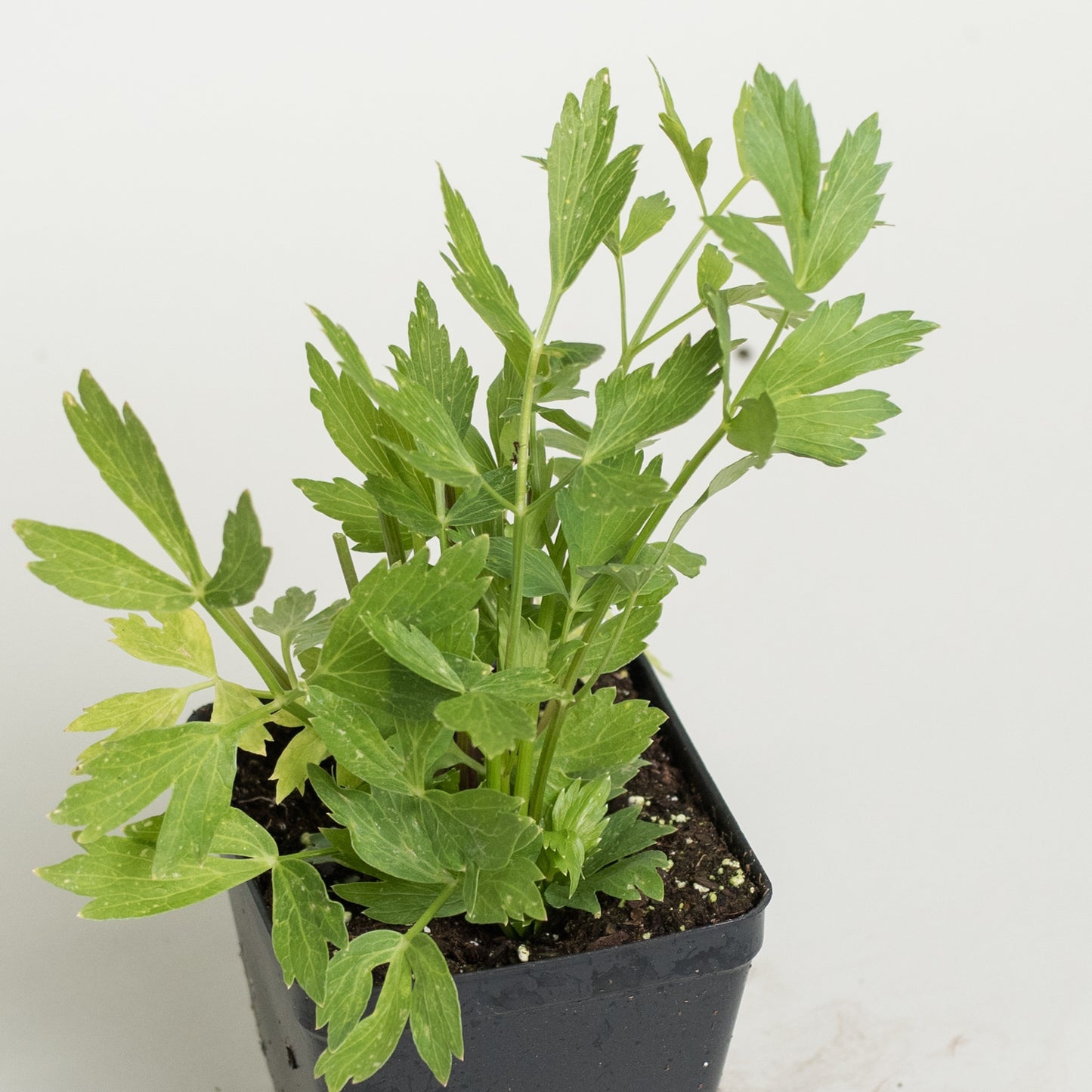
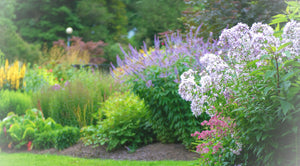
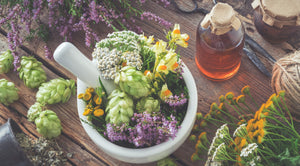
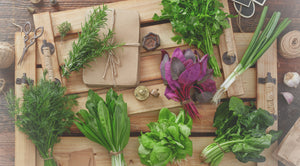
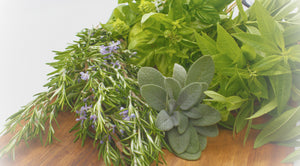
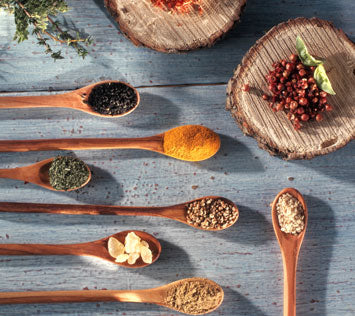
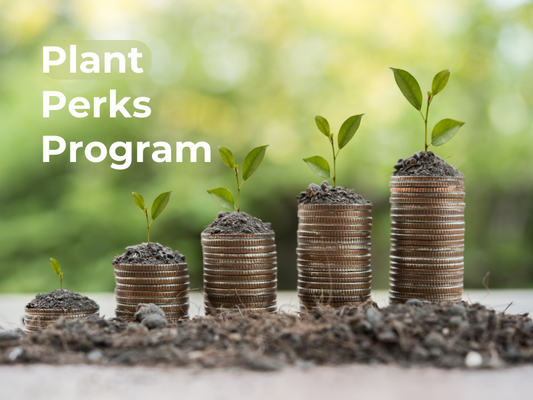

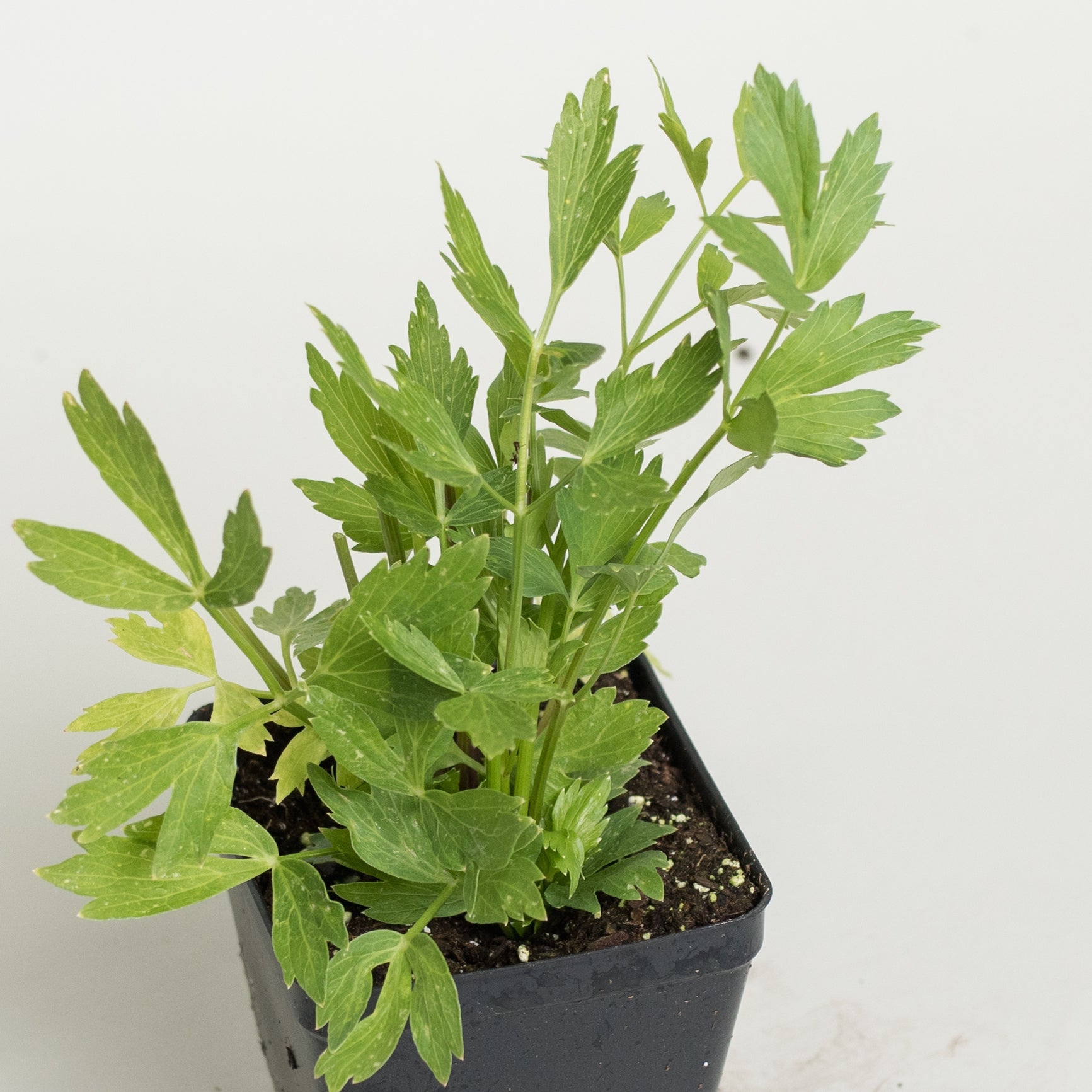
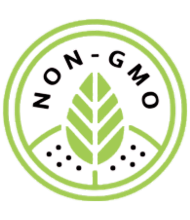


 Culinary
Culinary
 Aroma
Aroma
 Pollinator
Pollinator
 Indoor
Indoor
 Rare
Rare